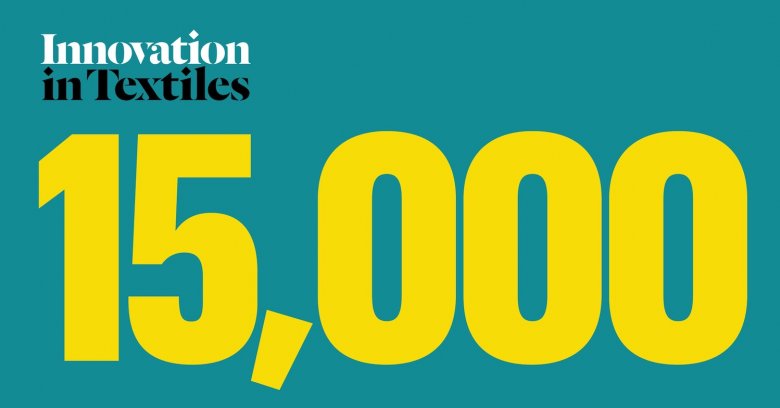
Carbon Revolution enters SUV market
Opinion


Site now represents a substantial free access resource for the entire textile industry.

2nd May 2023
Adrian Wilson
|
United Kingdom
On returning from the recent INDEX 2023 nonwovens exhibition in Geneva I was made aware of a fast-approaching number of some significance.
Innovation in Textiles would soon reach a total of 15,000 articles posted since its launch in 2009, I was informed.
And you are reading article number 15,000 right now.
This milestone underlines the invaluable archive that is available for reference here on Innovation in Textiles, fully searchable via a few simple clicks.
Five grams per square inch
My head was already filled with significant numbers from the INDEX show – not least two relating to how the nonwovens industry is continuing to push at the barriers of what is materially and technically possible in pursuit of ever-more sustainable and competitive products.
The first relates to the latest spunbonded nonwoven backsheet for baby diapers developed by Fibertex Personal Care and unveiled in Geneva.
This new Fibertex nonwoven weighs just five grams per square metre (5gsm) and inconveivably, the wafer-thin and extremely delicate material is intended to be run through the complex and extremely long high speed converting machines that are employed to make multiple-component diapers. Trials with converting partners are ongoing, but a first commercial launch is anticipated shortly.
Around ten years ago, the basis weight of fabrics for specific components was thought to have reached its lower limits at 9-10gsm, but now it appears, working with strict tension control at low machine throughputs, it’s possible to go further and still achieve the necessary tensile strength.
One million needles
Just as mind-boggling, is Dilo’s Micropunch needlepunching system, which has been developed as a low-energy alternative to the hydroentangling process, largely for the production of wipes substrates and medical nonwovens with weights below 100gsm.
It is employing needles with barbs of between 20-40 microns to enable 45,000 of them to be densely assembled per metre of needleboard. This enables lines to be constructed containing more than a million needles and Dilo has all of the data to back up the effectiveness of the new technology.
Continental Briefings
Jacques Prigneaux, market analysis and economic affairs director for EDANA, the European nonwovens association behind INDEX, had been doing plenty of number processing ahead of the show.
In a series of Continental Briefings he was joined by representatives from associations in North America, China and Asia, to provide a comprehensive overview of annual nonwovens production.
Over three million tons of nonwovens were made in Greater Europe in 2022, 5.7 million tons in North America and over 7 million tons in Asia – down slightly on the peak period of 2020 and 2021, when demand was superboosted by the Covid-19 pandemic, but still satisfyingly above production levels in the last ‘normal’ year of 2019.
More detailed figures from the presentations will be published shortly on Innovation in Textiles, which will continue to be the go-to source for informed and up-to-the-minute reportage from industry events around the world.
This site now represents a very substantial free access resource for the entire textile industry and the publishing team at Inside Textiles Ltd would like to thank everyone involved for their contributions to building it.

Business intelligence for the fibre, textiles and apparel industries: technologies, innovations, markets, investments, trade policy, sourcing, strategy...
Find out more